The iPhone SE (2020) Review: A Reinvigorated Classic
by Andrei Frumusanu on April 24, 2020 6:30 AM EST- Posted in
- Mobile
- Apple
- Smartphones
- iPhone SE
- Apple A13
- iPhone SE 2020
Camera - Quick Evaluation
As noted in the intro, the camera of the new iPhone SE isn’t all that new. It’s essentially the same generation sensor as found on the iPhone 8. The reason for this likely is due to the fact that Apple was limited by the physical form-factor of the phone, particularly the z-height of the camera module, unable to include any of the newer and bigger generation modules.
What’s also lacking from the iPhone SE are some of the machine-learning features such as night mode and Deep Fusion. I think that’s partly due to the fact that those modes rely on stacking multiple images captures together, and my hypothesis is that Apple was making use of the newer generation’s sensor dedicated DRAM chips to capture very quick consecutive exposures. As these older sensors lack dedicated DRAM, it wouldn’t be possible to capture quick consecutive exposures like that, and the phone wouldn’t be able to guarantee the same level of quality.
Whilst the hardware limits some of the capabilities of the camera, the new A13’s ISP does make up in other areas when it comes to image processing. Here we’re expecting to see some of the same advancements that were also been able to see in the last few generations of iPhones.
For the camera comparison today, due to the time rush and for simplicity’s sake (it’s a single-camera phone after all!), we’re limiting ourselves to the comparison of the iPhone SE vs the iPhone 8 vs the iPhone 11.
Starting off with the first scene, the first thing that pops out to the eye is that the exposure of the scene is completely different to the iPhone 8, and the new SE almost identically tracks the composition of the new iPhone 11. The HDR processing is much superior, with better retention of shadows as well as less blown-out highlights near the sky.
This scene is also extremely detail-rich, but the new SE essentially tracks in with the iPhone 8’s capture, which makes sense given that the two units have the same camera modules. The iPhone 11 still has a lead here, but again, that makes sense given that phone’s bigger sensor with bigger pixels and much newer deep-trench isolation (DTI), allowing for much better noise characteristics.
In this next scene, again what’s immediately noticeable is the exposure and composition which closely tracks what the iPhone 11 is able to achieve. All the phones are still a bit dark here as the brightness in real life was much higher, especially the cloud highlights are a bit too tame, but overall, still a good shot.
The SE more noticeably improves noise handling in the darker areas of the scene.
What’s also a big difference between the new SE and the iPhone 11 is the colour temperature of the scene. The iPhone 11 has a much more natural and cooler picture than the very warm results of the SE. Here the SE tracks things more closely with previous generation iPhones which traditionally always had a warm colour cast to them, something that Apple changed only in more recent iPhone generations.
The next shot again is exceedingly similar to the iPhone 11 in terms of composition, with better HDR and more details in the shadows compared to the iPhone 8. Detail is excellent, probably even slightly better than the iPhone 11 here.
This flower shot again marks the huge HDR differences between the SE and the iPhone 8, as the new phone has much better shadows and highlight retention. The iPhone 11 even goes a bit further in this regard and the HDR processing is even stronger (flatter) with a tad more saturation in the greens.
In challenging high-contrast scenes like here we again see the SE do a great job, maintaining better highlights without flattening things too much like on the iPhone 8. There’s also a much better black-point, generally creating better contrast.
When we compared it to the iPhone 11 result, the SE still looks a bit tame and flat, I guess we’re hitting the limits of the sensor. I would have preferred the SE here to track the better colour temperature of the iPhone 11.
In the last outdoor scene, the iPhone SE does an excellent job in the exposure and HDR. The only obvious differences here that pop out is the colour temperature which is again on the classical iPhone warm style on the SE, versus the cooler more natural colour on the 11.
Even though this is an in-door shot, the iPhone SE’s higher dynamic range is again obviously present in the picture. Detail-wise, it’s rich, but doesn’t quite hold up with the iPhone 11 which in scenarios like this one also very likely has deep fusion enabled.
Overall Initial Daylight Impressions
Overall, the new iPhone SE is seemingly an excellent performer and as promised, it inherits the general image processing capabilities of the new A13 and ends up with similar compositions as found on the iPhone 11. This means that even though the phone has older camera hardware, the new iPhone SE has much better dynamic range compared to the older phones.
Whilst in most situations it closely tracks the iPhone 11’s cameras, there’s a few situations where we do see the limits of the older sensor. In the highest contrast scenes we see the iPhone 11 pull ahead in dynamic range and colour retention, and that’s just pure camera sensor ability.
Detail-wise, while the iPhone SE is excellent and certainly gives any other phone on the market a run for its money, the it’s still a tad behind the iPhone 11 and that’s again due to hardware. Indoor shots the lack of deep fusion will also be noticeable.
All in all – it’s an excellent shooter given its price.
Low-Light Impressions
I’ve didn’t have time for a more extensive outdoors low-light testing, but in my limited indoor testing I noted that the new iPhone SE’s low-light capabilities are massively superior to that of the iPhone 8. While the resulting pictures are quite noisy, they still retail a lot of detail of the scene whereas the iPhone 8 remains a blur. It’s a respectable result for the phone given its hardware and software limitations.


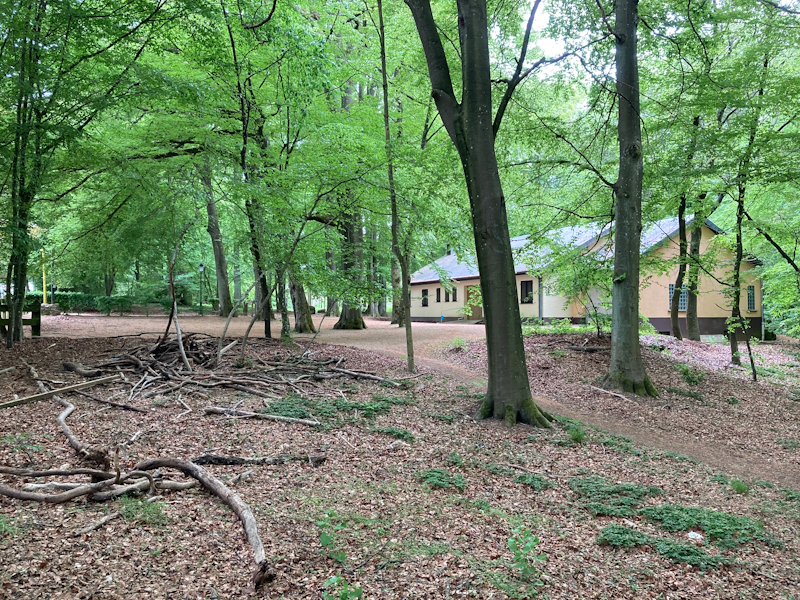
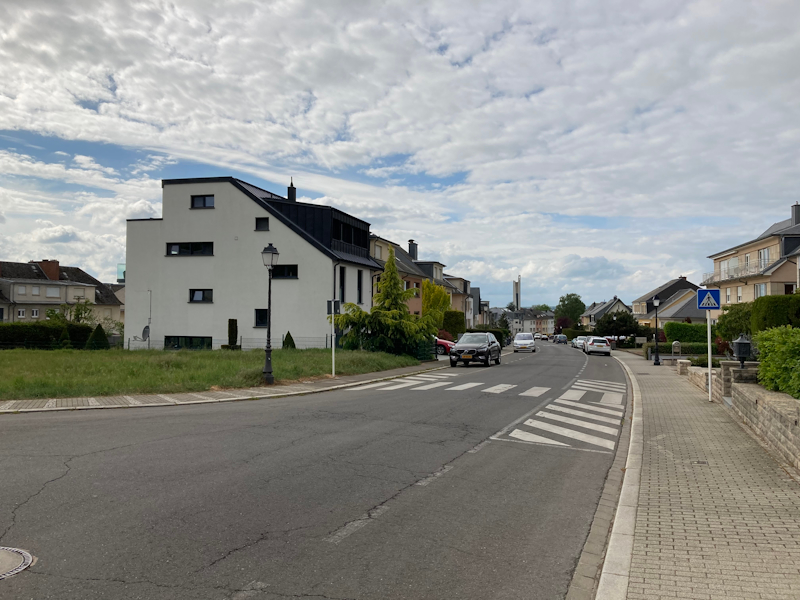
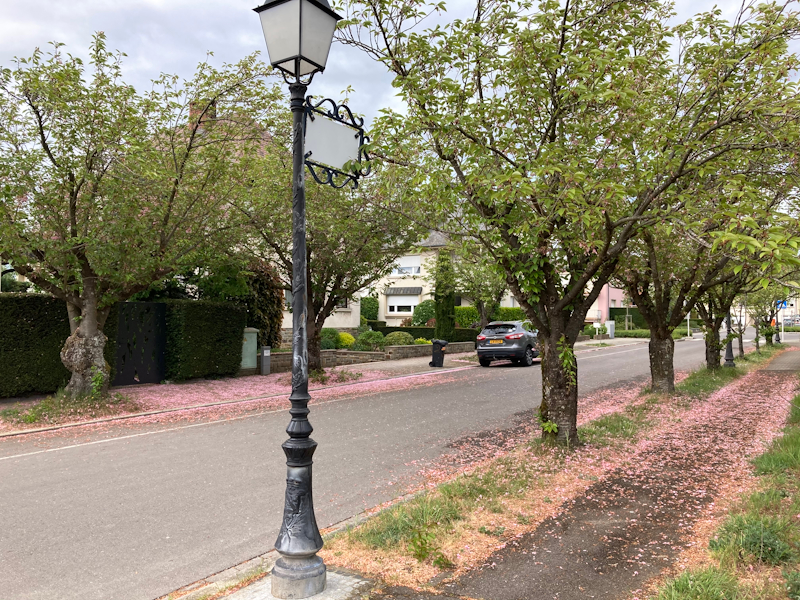
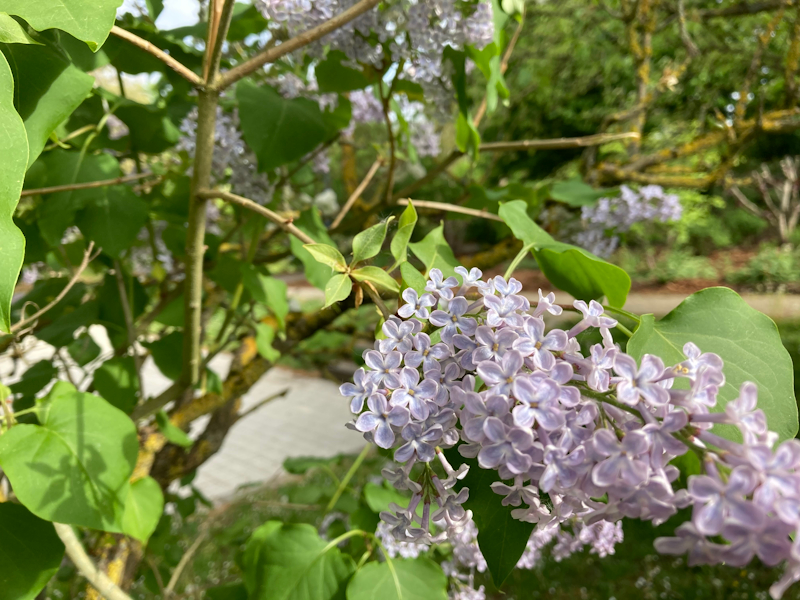
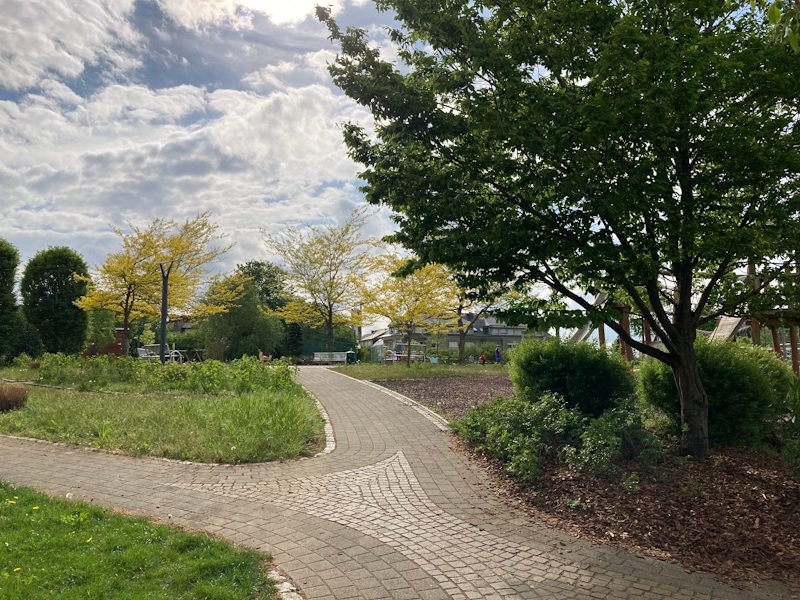
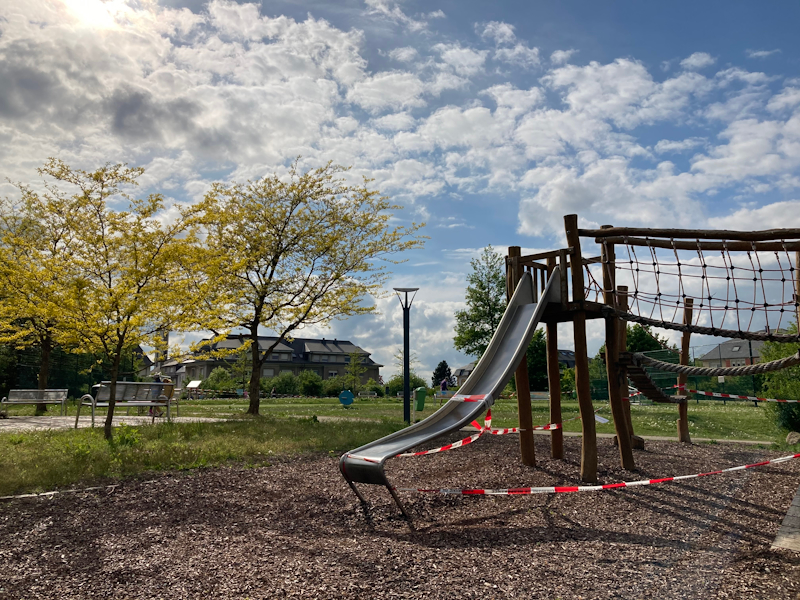
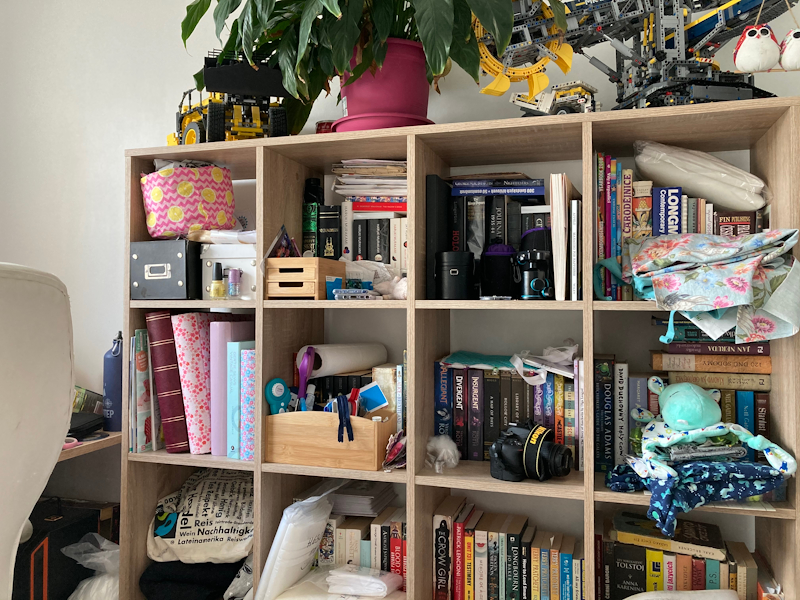
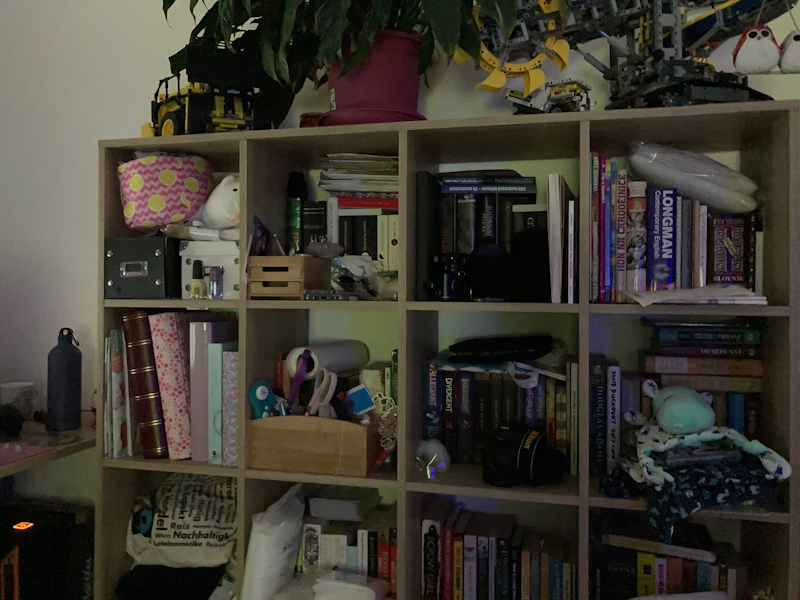









196 Comments
View All Comments
euskalzabe - Friday, April 24, 2020 - link
Exactly. And not just those who are not geeks/nerds. I'm tired of being one, tired of fighting Android, tired of inconsistency, tired of having to resort to flashing devices because they're not supported. 5 years on Android, and this SE is now the perfect moment to finally buy a good device that's reasonably priced and that I don't have to mess with for the next 4-5 years. Just for that, take my $399.trparky - Friday, April 24, 2020 - link
> tired of fighting Android, tired of inconsistency, tired of having to resort to flashing devices because they're not supportedThat was me back when I switched back to the iPhone all the way back when the iPhone 6 Plus was new. Mind you, Android was even worse back then but seeing as how you're saying what you're saying now tells me that Android is still a mess.
We would never support this kind of bulls**t from Microsoft yet here we are accepting it on phones which usually end up being more expensive than a notebook PC. I see something wrong with this picture.
euskalzabe - Saturday, April 25, 2020 - link
You nailed it. It's been 13 years and they still have not figured out how to update us properly. Project treble was supposed to be the great savior that at least would allow OEMs to give us more updates or allow users to install generic Android images on a new phone. The reality is that only a few of the funds released will allow you to do that, and there has been little to no improvement on the amount of updates users get (certainly not the amount of improvement you would expect for a company that has supposedly made OS upgrades such a priority for the past 3 years). I can tell you that my Moto Z2 play had an Android 9 update readied my Motorola and then they proceeded to not seed it to us users for the next 4 months. Fed up, I decided to force the update manually, for which I had to unlock the bootloader (which is allowed by both Google and Motorola) and somehow the OS lost trust on my device when I did that and so I lost the ability to do NFC payments. Are you kidding me? This is a circus. I refuse to be Google's beta tester anymore. I'm done.Deicidium369 - Sunday, April 26, 2020 - link
Stop buying crappy 3rd world phone, and get a modern Android device.Retycint - Friday, April 24, 2020 - link
The average person also most likely won't care about software updates, or will actively avoid updates because "why fix something when it isn't broken". Seriously, this 5 year software update thing had to be one of the biggest circlejerks in the tech community. Both mobile OSes are extremely polished and feature rich at this point, and it literally makes no difference whatsoever whether you're using the latest OS or an OS from 1/2 years ago.Security updates also makes no difference whatsoever because your average person is never going to have data important enough for people to ever bother attempting these exploits, most of which require physical access to the device.
Don't get me wrong, I'm not saying that software updates are bad; 5 years support is always better than 2 years. I'm just saying that it does not matter for the average person at all, because they will probably never make use of any of the new features. And this is reflected in the continued success of Android flagships (anywhere that is not the US, at least)
Oxford Guy - Saturday, April 25, 2020 - link
"Security updates also makes no difference whatsoever because your average person is never going to have data important enough for people to ever bother attempting these exploits, most of which require physical access to the device."Not everyone is "the average person".
Retycint - Saturday, April 25, 2020 - link
We are talking about the average person, are we not? Stop trying to shift the goalposts.Deicidium369 - Sunday, April 26, 2020 - link
Yeah, the not everyone is "the average person" is kinda implied.....cha0z_ - Thursday, August 6, 2020 - link
I would argue that even the average user nowdays is actively interested in operating system updates and security + got a tech heavy friend who can ask on the topic for more details + media/youtubers are bringing awareness. So you are wrong.Also no important data? hahahahah today people keep ALL THEIR LIVES on their phones + on top of that credit cards/payments/bank accounts and whatnot! You have no idea what damage someone can do to you if he got access to those things! No matter if interested person who knowns you or total stranger over the internet with criminal intentions!
Also you are wrong that the operating systems are not evolving rofl, I can list a lot with both android and ios! And iphones are receiving atleast 6 years of full support, my secondary 6s from 2015 is on ios 14 beta - smooth as silk and fast too + all the features coming with ios 14 are on my phone! Will be supported fully to atleast September 2021 when ios 15 is releasing and that's 6 years! Security updates you say? Apple support with security updates iphones as old as the 4s from 2011!
Now check the pricing of top android phones and iphones, different picture vs what it was 5 years ago, right?! If they want to copy apple price wise and even surpass them (and that is what happens the last 2 years) - they better also copy what apple does right!
shabby - Friday, April 24, 2020 - link
The amount of people who load aosp on their phones is about as much as the amount of people who rebuild an engine in their garage or build a house from scratch by themselves, meaning basically 0.Go tell your parents to install lineageOS on their phone...